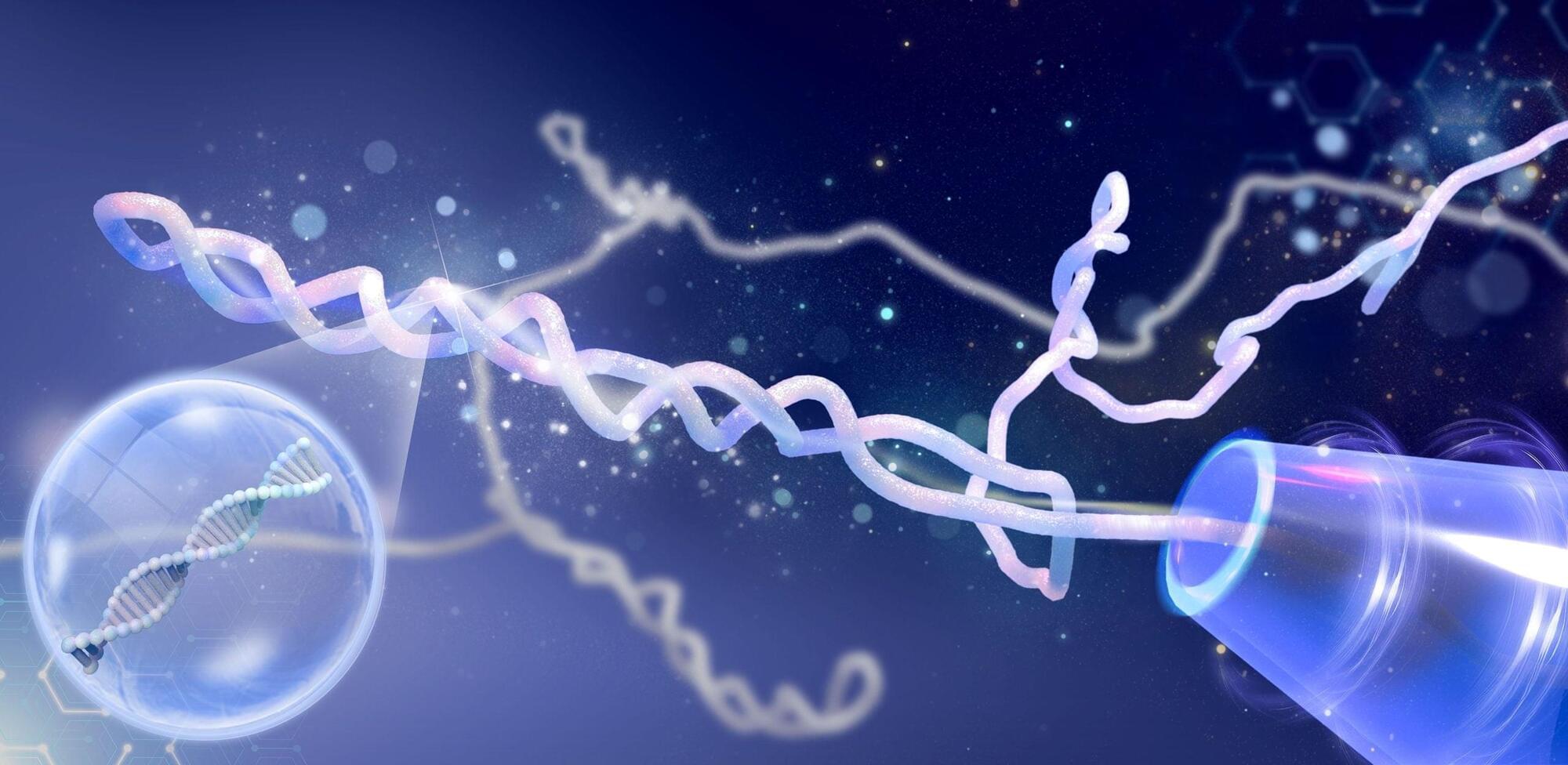Summary: Advanced imaging reveals that COVID-19 may cause lasting brain changes, even in people without ongoing symptoms, pointing to hidden neurological effects that could persist long after recovery.
COVID-19 affects more than the lungs. Research shows that even after people have fully recovered from the infection, the virus can cause significant changes in the brain, underscoring its lasting effects on neurological health.
COVID-19 is widely recognized for its impact on the lungs, but growing evidence shows that the virus can also cause lasting changes in the brain, even in people who have fully recovered. These findings point to potential long-term neurological consequences that extend beyond the acute phase of the illness.









